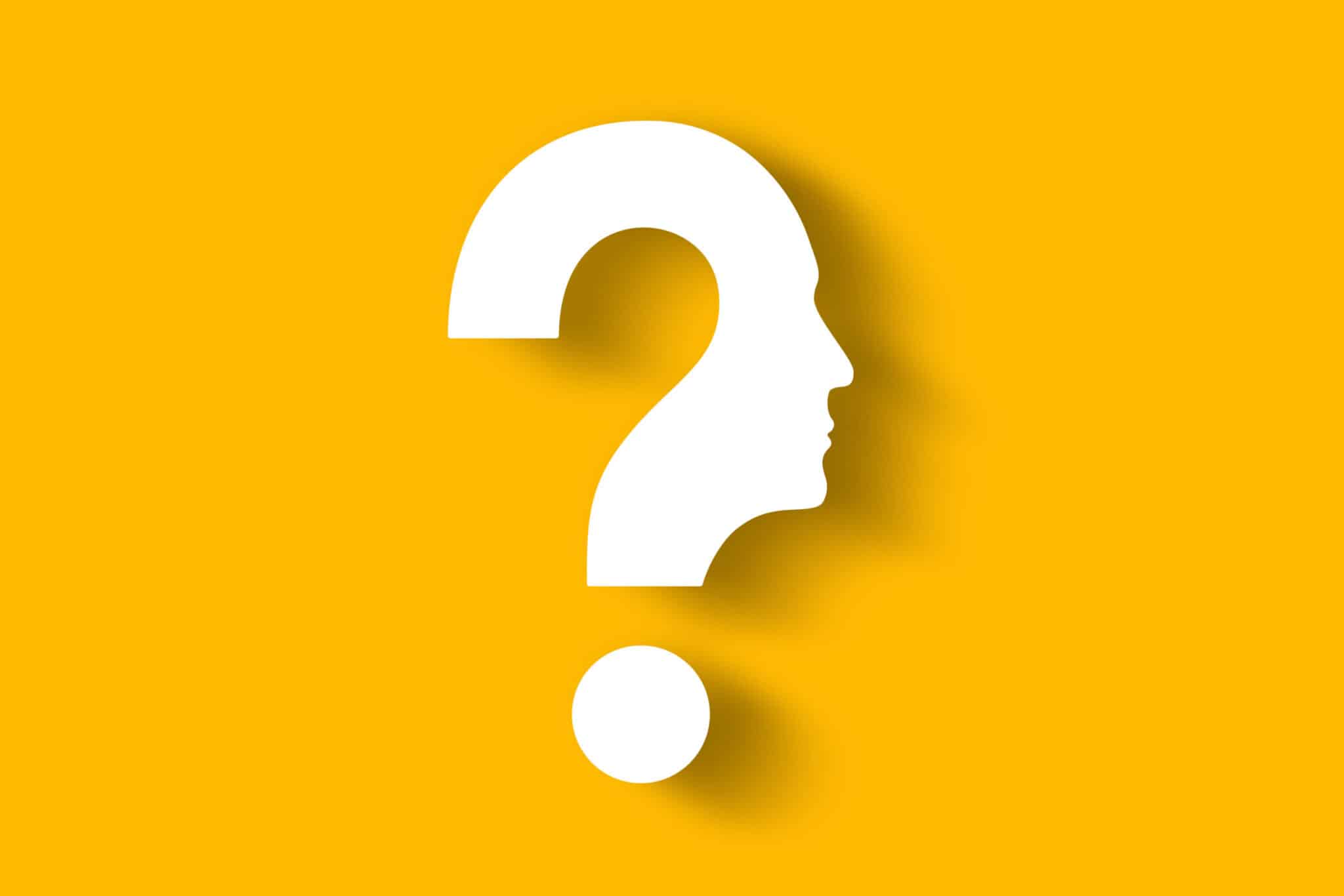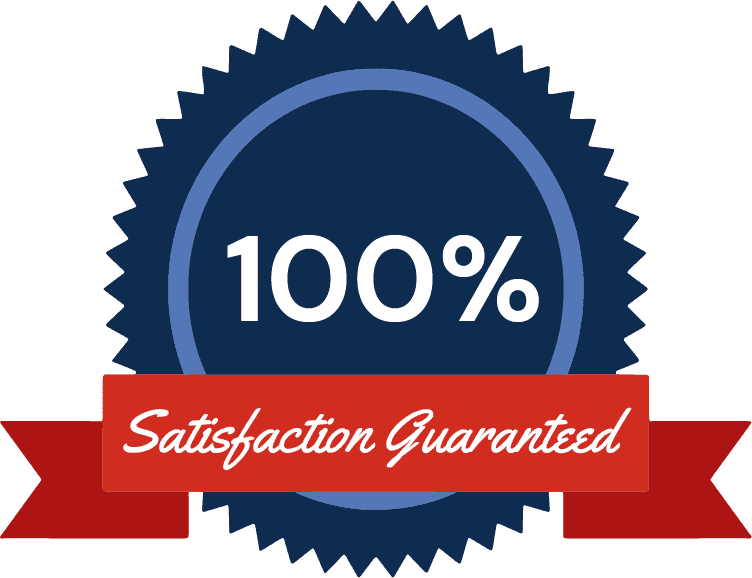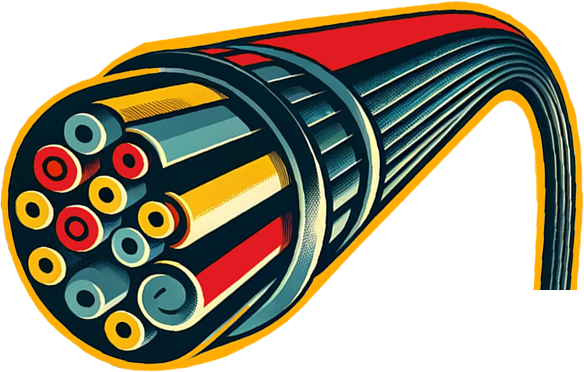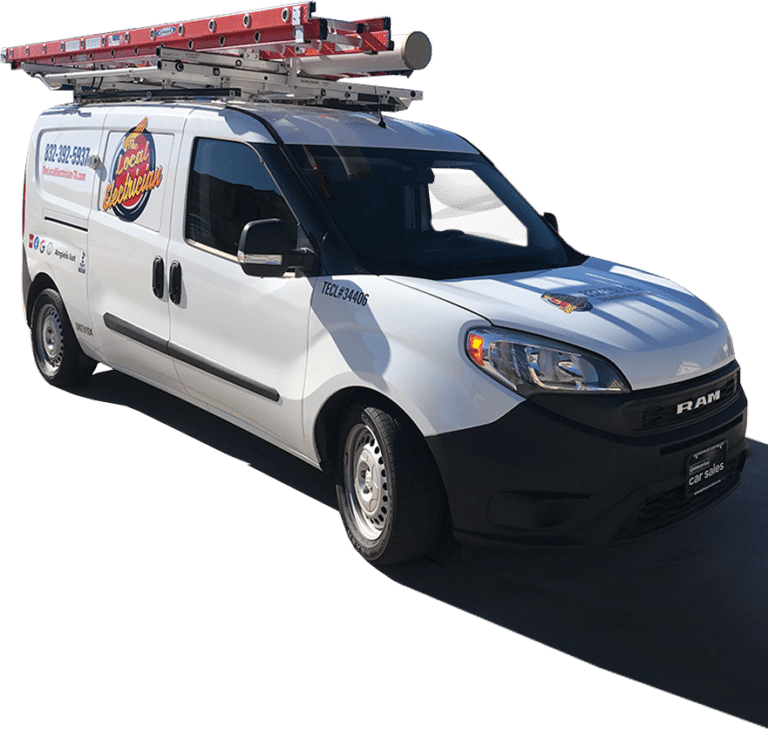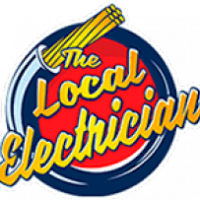Do you wanna know why some homes and businesses have such smooth and reliable electricity? The secret often lies in three-phase power systems.
Whether you’re in Katy, TX, or Richmond, TX, understanding how these systems work can make a big difference in your power usage.
Ready to dive into the world of three-phase power and discover its benefits for your home or business? Let’s start with the basics.
What is a Three-Phase Power System?
A three-phase power system is a method of generating, transmitting, and distributing electricity. Unlike single-phase power, which uses one alternating current (AC) wave, a three-phase system uses three separate AC waves.
These waves are spaced 120 degrees apart, which means they reach their peak values at different times. This setup ensures a continuous and balanced flow of electricity.
Definition and Basic Principles
In essence, a three-phase power system consists of three electrical circuits that work together. Imagine three friends riding bikes on a track but starting at different points.
They keep the flow constant by pedaling in sync but out of phase with each other. This creates a smoother and more efficient ride – or in the case of electricity, a more reliable power supply.
Comparison to Single-Phase Power
Now, let’s compare it to single-phase power, which is like having just one friend on the track. When they get tired and slow down, the flow isn’t as smooth.
Single-phase power is common in residential homes for basic appliances. However, for larger power needs, like in factories or big buildings, three-phase power is preferred because it handles high power loads more efficiently.
How Three-Phase Power Works
Explanation of Phases and Phase Displacement
Three-phase power systems operate with three alternating currents (AC) that are out of sync with each other by 120 degrees. Picture a Ferris wheel with three seats spaced evenly apart.
As the wheel turns, each seat reaches the top at a different time. This spacing, or phase displacement, ensures that there’s always a constant and balanced flow of electricity, much like how the Ferris wheel maintains a continuous rotation. This staggered timing helps prevent power dips and surges, maintaining a steady supply.
Symmetry and Balance in Three-Phase Systems
The beauty of a three-phase system lies in its symmetry. Because the three currents are equally spaced, they balance each other out, reducing the risk of power surges and providing a steadier supply.
This balance is especially important for running heavy machinery and large appliances, which can demand a lot of power. The consistent flow also reduces wear and tear on equipment, extending its lifespan.
Components of a Three-Phase Power Systems
Generators and Transformers
Generators are the heart of three-phase power systems. They convert mechanical energy into electrical energy, producing three-phase power by generating three separate currents.
Transformers then step up or step down the voltage levels, making the power suitable for transmission over long distances or for use in homes and businesses.
These components ensure that the electricity generated is efficient and meets the required voltage levels for various applications.
Conductors and Wiring
The conductors and wiring in a three-phase system are designed to handle the continuous and balanced flow of electricity. These wires carry the three separate currents from the generators to the transformers and then to the end-users.
The quality and arrangement of these conductors are crucial for maintaining the system’s efficiency and safety. Proper insulation and precise engineering ensure that the electricity flows smoothly without interruptions or losses.
Benefits of Three-Phase Power Systems
Efficiency in Power Transmission
Three-phase power systems are highly efficient in transmitting electricity over long distances. Because the power is spread across three phases, the system can handle larger loads with less energy loss.
This efficiency translates to lower operational costs and better performance for both residential and industrial applications. The balanced nature of the system also minimizes the risk of voltage drops, ensuring a steady supply of power.
In areas like Katy, TX, and Richmond, TX, where power needs can be substantial, the efficiency of three-phase power systems is particularly beneficial.
Smoother Power Delivery
One of the standout features of three-phase power systems is their ability to provide smoother and more reliable power delivery. Unlike single-phase power, which can experience dips and surges, three-phase power maintains a constant flow.
This consistency is crucial for running sensitive equipment and machinery, as it reduces the chances of interruptions and damage.
The smoother delivery also enhances the overall performance and lifespan of electrical devices. For both homes and businesses, this means fewer disruptions and longer-lasting equipment.
Types of Three-Phase Connections
Star (Wye) Connection
In a Star (Wye) connection, each of the three phases is connected to a common central point, forming a Y shape. This configuration is typically used in situations where different voltage levels are needed.
It allows for both phase-to-phase and phase-to-neutral voltages, making it versatile for various applications. Star connections are often found in distribution networks and are ideal for long-distance power transmission.
This setup is beneficial because it can easily handle voltage fluctuations and distribute power evenly across multiple loads. In residential settings, this configuration is often used to supply power to homes from the main power grid.
Delta Connection
A Delta connection connects the end of each phase to the beginning of the next, forming a triangle (delta) shape. This setup is often used in industrial settings where high power is required.
Delta connections provide a strong, stable supply of electricity and are particularly useful for running heavy machinery. The absence of a neutral wire in this configuration also means fewer conductors are needed, simplifying the system.
This setup is highly efficient for short-distance transmission and is commonly used in power distribution within industrial plants. Delta connections are also preferred for applications where high starting torque is needed, such as in large motors and compressors.
Advantages and Applications of Each
Both Star and Delta connections have their unique advantages and are used in different scenarios based on the specific needs of the power system:
Star Connections:
- Flexibility: Offers different voltage levels, suitable for both high and low voltage applications.
- Long-Distance Transmission: Ideal for power distribution networks where electricity needs to travel long distances.
- Versatility: Can be used in residential, commercial, and some industrial applications where different voltage requirements exist.
Delta Connections:
- Robust Power Delivery: Provides a stable and strong supply of electricity, making it perfect for industrial environments.
- Simplicity: Requires fewer conductors since it doesn’t need a neutral wire, simplifying the wiring.
- High Power Applications: Suitable for running heavy machinery and equipment that demand high power and starting torque.
Understanding these connections helps in choosing the right setup for various applications, ensuring that the power system is efficient, reliable, and suited to the specific requirements of the environment.
Three-Phase Power in Residential Settings
Potential Benefits for Homeowners
For homeowners, three-phase power can provide more stable and reliable electricity, especially if you have many high-power appliances. This stability means fewer power surges and less risk of damage to electronics.
Homes with three-phase power can handle larger loads more efficiently, which is great for running central air conditioning, electric heating, and other demanding systems.
Additionally, this setup can enhance the resale value of your property due to its advanced electrical infrastructure.
Common Uses and Installations
While not all homes use three-phase power, it’s becoming more common in newer or larger houses. Typical installations might include high-end HVAC systems, large water heaters, and electric car chargers.
Electricians can retrofit existing homes to accommodate three-phase power if needed, making it a versatile option for various residential needs. This upgrade ensures your home is future-proof and ready for any new electrical demands.
Maintenance and Troubleshooting
Common Issues and Their Solutions
Even the best three-phase power systems can encounter problems. Common issues include unbalanced loads, where one phase carries more current than the others, leading to overheating and equipment damage.
Voltage sags and swells can also occur, affecting the performance of your devices. Regularly checking the system for these imbalances and correcting them promptly is essential. Using advanced monitoring tools can help detect and resolve these issues early.
Regular Maintenance Practices
Routine maintenance is key to the optimal functioning of three-phase power systems. This includes:
- Visual Inspections: Regularly inspect all components for signs of wear or damage.
- Load Testing: Ensure that the load is evenly distributed across all three phases.
- Connection Checks: Tighten all electrical connections to prevent loose wiring, which can cause power disruptions.
- Cleaning: Keep components clean and free from dust and debris, which can interfere with electrical connections.
- Professional Audits: Periodically hire professionals to perform a detailed audit of your system.
Following these practices helps maintain the efficiency and reliability of your three-phase power system.
Three-Phase Power in Industrial and Commercial Settings
Applications in Factories and Large Buildings
In factories and large commercial buildings, three-phase power is essential for running heavy machinery and large equipment.
It provides a steady and reliable power supply that can handle the high demands of industrial processes.
From conveyor belts to large HVAC systems, three-phase power ensures everything runs smoothly and efficiently. This setup is crucial for maintaining productivity and minimizing downtime in industrial environments.
Equipment that Typically Uses Three-Phase Power
Many types of industrial equipment require the robust and consistent power that three-phase systems offer. This includes large motors, pumps, compressors, and industrial ovens.
These systems also power critical infrastructure like elevators and escalators in commercial buildings.
By providing a reliable power source, three-phase systems help maintain the efficiency and longevity of these heavy-duty machines, ensuring they perform optimally under demanding conditions.
Comparing Single-Phase and Three-Phase Systems
Detailed Comparison of Features and Benefits
Single-phase power is simpler and less expensive to install, making it suitable for most residential applications. It uses one alternating current (AC) cycle, which can lead to more fluctuations in power delivery.
On the other hand, three-phase power uses three AC cycles, providing a more constant and reliable power supply. This results in smoother operation of equipment and less wear and tear on electrical devices.
Use Cases for Each Type
Single-phase systems are typically used in homes and small businesses where the power demand is relatively low. They are ideal for running everyday household appliances and small office equipment.
In contrast, three-phase systems are commonly found in industrial and commercial settings due to their ability to handle high-power loads efficiently. They are perfect for powering large motors, heavy machinery, and complex HVAC systems.
Installation and Safety Considerations
Installing a three-phase power system requires careful planning and adherence to safety regulations. Here’s what you need to know.
Steps for Installing a Three-Phase System
Installing a three-phase power system typically involves several steps:
- Assessment: Evaluate the power needs of your home or business.
- Planning: Design the system layout, including the placement of transformers and wiring.
- Permits: Obtain necessary permits and approvals from local authorities.
- Installation: Qualified electricians install the generators, transformers, and conductors.
- Testing: Conduct thorough testing to ensure the system is operating correctly and safely.
Each step must be executed precisely to ensure the system functions efficiently and safely.
Safety Precautions and Regulations
Safety is paramount when dealing with electrical installations. Ensure all components comply with local and national electrical codes. Use properly rated equipment to handle the power load, and always employ qualified professionals for the installation.
Regular maintenance checks are essential to prevent potential hazards like short circuits or electrical fires. Adhering to these precautions and regulations ensures a safe and reliable power system.
Energy Efficiency and Three-Phase Power
How Three-Phase Systems Improve Energy Efficiency
Three-phase power systems are designed to deliver electricity more efficiently than single-phase systems. The balanced load distribution across three phases reduces the amount of energy lost during transmission.
This means that more of the generated power actually reaches its destination, whether it’s your home or an industrial machine. Additionally, the continuous flow of power helps to maintain stable voltages, further enhancing efficiency.
Environmental Benefits
By improving energy efficiency, three-phase power systems also contribute to environmental sustainability. Less energy waste translates to reduced greenhouse gas emissions from power plants.
This makes three-phase systems a greener choice for both residential and industrial applications. In regions like Katy, TX, and Richmond, TX, where energy consumption can be high, adopting three-phase power can play a part in local environmental conservation efforts.
Ready to Upgrade Your Power System? Contact The Local Electrician Today!
Are you tired of dealing with unreliable power and frequent electrical issues? Three-phase power systems could be the solution you need for smoother and more efficient electricity in your home or business.
At The Local Electrician, we specialize in installing and maintaining three-phase power systems in Katy, TX, and Richmond, TX.
Our expert team is ready to help you enhance your power infrastructure and enjoy the benefits of a stable and reliable power supply. Contact us today at 346-483-7150 to learn more about how we can improve your electrical system!
FAQS About Three-Phase Power Systems
What is the difference between star and delta connections?
Star (Wye) connections in three-phase power systems have each phase connected to a common central point, allowing for multiple voltage levels. Delta connections link each phase end-to-end in a triangle shape, providing robust power for heavy machinery. Both configurations are essential for different power needs in three-phase power systems.
Can three-phase power be used in residential homes?
Yes, three-phase power systems can be used in residential homes, especially those with high power demands or large electrical appliances. They provide more stable and efficient power compared to single-phase systems. This setup greatly enhances the performance of home appliances and ensures a reliable power supply.
How does three-phase power improve efficiency?
Three-phase power systems improve efficiency by distributing the electrical load evenly across three phases, reducing energy loss during transmission and providing a consistent power supply. This balanced load distribution makes them more energy-efficient and cost-effective.
What are the benefits of using three-phase power systems in industrial settings?
In industrial settings, three-phase power systems offer reliable and efficient power delivery for heavy machinery, reducing the risk of power surges and equipment damage, and ensuring continuous operation. Their ability to handle high-power loads makes them indispensable in industries.
What are the safety considerations when installing three-phase power systems?
Safety considerations for three-phase power systems include ensuring compliance with electrical codes, using properly rated equipment, hiring qualified professionals for installation, and conducting regular maintenance checks to prevent hazards. Proper installation and maintenance are crucial to the safe operation of these systems.







